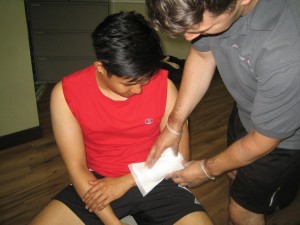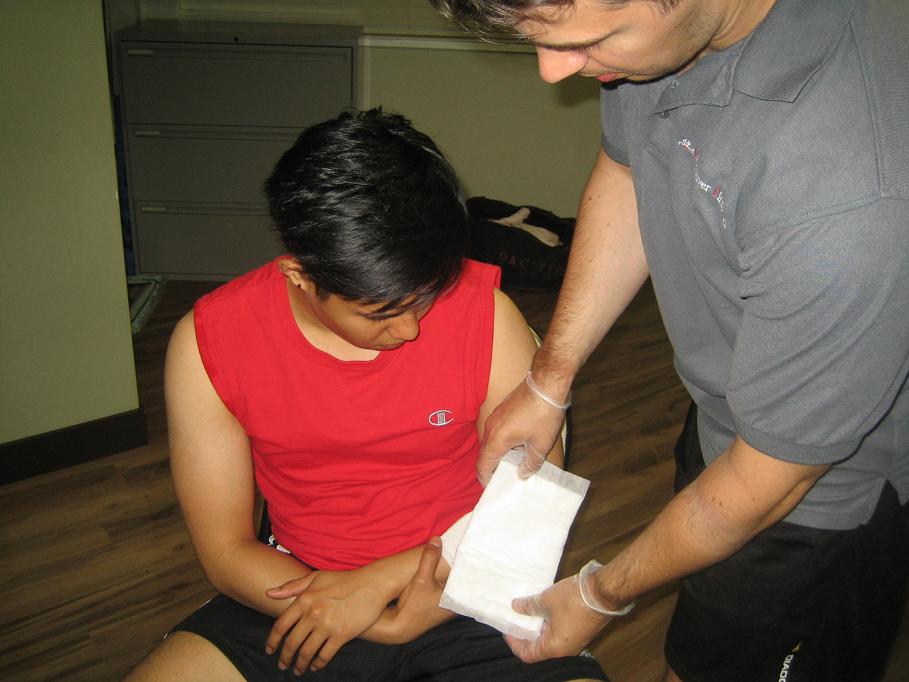A cut might involve several skin layers and even through the muscle, fat, blood vessels or other tissues beneath the skin. A cut can be evident on the skin surface and might appear as straight, jagged or run in various directions.
What are the causes?
In most cases, a cut is due to the following:
- Falls or during accidents
- Running or hit by a sharp, hard or pointed object
- Working with sharp, rough, pointed or serrated objects
- Sustaining a deep scratch or bite mark from animals
What are the signs?
The usual symptoms might include the following:

- Pain
- Opening in the skin or loss of skin
- Redness
- Bleeding
Management of a cut
The treatment for a wound is based on the cause, location, shape and size. There also some self-care measures for the injury. It is important to note that a cut or wound quickly heals with a low risk for infection if kept clean and the edges are sealed together as it recuperates.
See a doctor if an individual has a cut with the following factors:
- Deep, large or jagged or bleeding could not be controlled
- Brought about by an object that went through several layers of clothing or through a shoe
- Accompanied by tingling or numbness close to the cut
- Unable to receive a tetanus shot in the last 5 years and if the wound is caused by a dirty object or there is dirt inside the cut
- Presence of foreign objects in the wound such as glass, wood or metal shards
- Bone, muscle or tendon can be seen in the wound
Quick Note / Disclaimer
The material posted on this page on how to care for a cut is for learning and educational purposes only. To learn properly perform wound care, register for a first aid and CPR course with Toronto First Aid.
FACT CHECK
https://www.healthline.com/health/open-wound

